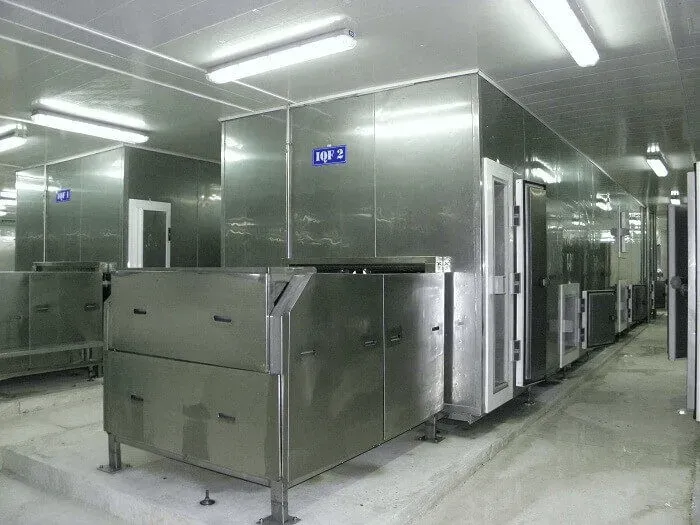Mould Growth Prevention Strategies for Cold Storage Facilities and Companies
Mould Growth in Cold Rooms A Critical Concern for Businesses
In various industries, cold rooms—also known as refrigerated storage or walk-in coolers—are essential for preserving perishable goods, from food and pharmaceuticals to flowers and chemical products. While these environments play a crucial role in maintaining the quality of products, they can also create favorable conditions for mould growth if not properly managed. Understanding the causes and implications of mould in cold rooms is vital for businesses that rely on these facilities.
The Conditions for Mould Growth
Mould is a type of fungus that thrives in damp, warm conditions, but certain species can even grow in cold environments. In cold rooms, temperatures are typically set between 32°F (0°C) and 50°F (10°C). These temperatures can deter many bacteria and pathogens, yet mould spores are resilient and can survive in cold conditions if moisture levels are high.
The presence of excess moisture in a cold room can be attributed to various factors, including
1. Humidity Levels High humidity can lead to condensation on walls and surfaces, providing mould with the moisture it needs to flourish. Proper humidity control is therefore essential.
2. Poor Air Circulation Inadequate airflow can cause pockets of moist air to stagnate, creating an ideal breeding ground for mould spores. Regular maintenance of ventilation systems is crucial to ensure good air circulation.
3. Leaking Seals and Insulation Cold rooms are designed with insulated walls and doors to maintain internal temperatures. However, any leaks in seals or insulation can allow warm, moist air to enter, increasing humidity and promoting mould growth.
4. Dirty Surfaces Residues from food, packaging materials, and other organic matter can serve as nutrients for mould. Regular cleaning schedules are imperative to minimize potential food sources for mould.
The Dangers of Mould Growth
The presence of mould in cold rooms poses several risks to businesses, including
1. Product Deterioration Mould can quickly compromise the integrity of stored goods, leading to spoilage and financial losses. For businesses in the food sector, even minor mould contamination can result in significant product recalls and reputational damage.
mould in cold room company

2. Health Risks Some moulds produce mycotoxins, which can pose serious health risks to employees who may inhale spores or come into contact with contaminated products. This risk is particularly significant in the food and pharmaceutical industries.
3. Compliance Issues Many businesses are subject to strict health and safety regulations. The presence of mould can lead to violations of these regulations, resulting in fines or operational shutdowns.
4. Remediation Costs Addressing mould infestations can be expensive, often requiring professional remediation services, disposal of contaminated goods, and repairing any damage caused by moisture.
Prevention Strategies
To mitigate the risks associated with mould growth in cold rooms, businesses should implement a proactive maintenance strategy
1. Regular Inspections Conduct routine checks of the cold room for signs of mould, moisture, or structural damage. This includes examining insulation, seals, and the overall integrity of the cold storage unit.
2. Humidity Control Utilize dehumidifiers and hygrometers to monitor and control humidity levels. Keeping relative humidity below 60% can significantly reduce the likelihood of mould growth.
3. Effective Cleaning Protocols Develop and enforce a rigorous cleaning schedule that includes both daily and deep cleaning tasks. Ensure that all surfaces are free from organic debris that could support mould growth.
4. Proper Training Train employees on the importance of mould prevention and the correct procedures for maintaining cold rooms. Awareness can empower staff to identify issues before they escalate.
5. Temperature Monitoring Implement automated systems that monitor the temperature and humidity levels in real time, allowing for quick responses to conditions that could lead to mould proliferation.
Conclusion
As businesses work tirelessly to maintain the integrity of their products in cold rooms, the threat of mould growth cannot be underestimated. By understanding the conditions that facilitate mould proliferation and implementing effective preventive measures, companies can safeguard their products, protect their employees, and ensure compliance with health standards. A proactive approach not only protects business interests but also enhances overall operational efficiency in storing perishable goods.
















































































































